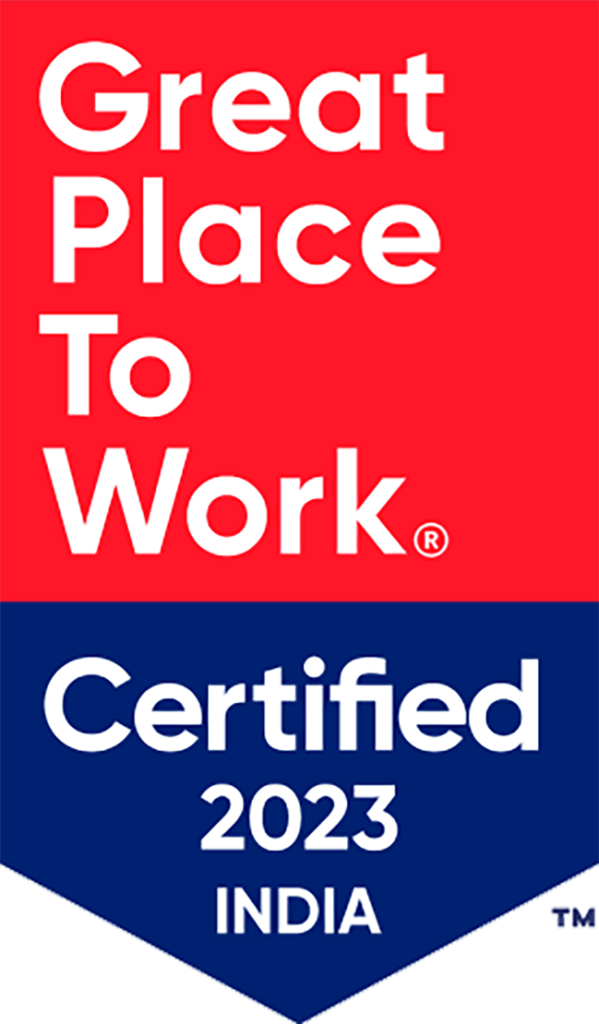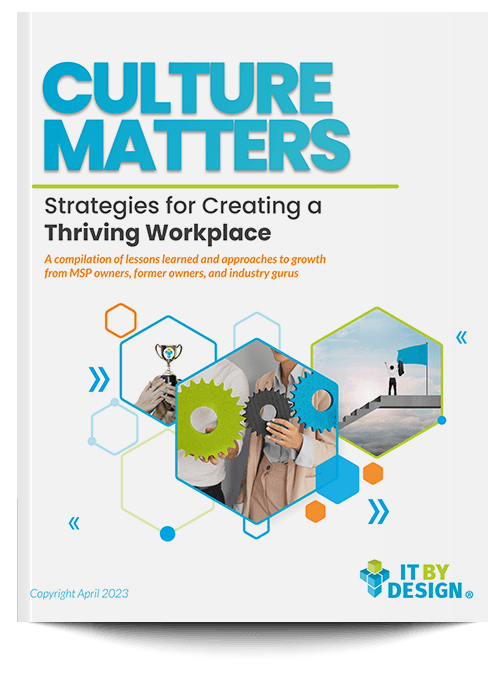With growing competition comes a growing demand to increase your company—and team’s—knowledge and capabilities. But what many organizations fail at is a process around structuring and sharing this knowledge. Knowledge is not only power, it’s something that can be used within the organization to foster innovation and spur employee engagement. A knowledge audit is the first step towards this realization.
The purpose of a knowledge audit is to find out the state of your organization’s knowledge economy. It helps you figure out what type of knowledge exists and what type of knowledge is needed within your different business processes. Unlike a financial audit, the knowledge audit places people at the center of the process, uncovering what people know and how they use the knowledge they have. Does that sound convoluted? Let me break it down for you.
What is a Knowledge Audit?
A knowledge audit is a qualitative review of an organization’s knowledge health at both the macro and micro levels. It helps you to align all the information you have in your company and become more aware of your knowledge processes. It answers questions such as:
- What knowledge resources does your company have and how are they managed?
- How is company information shared throughout your organization?
- How does knowledge flow within the organization—formally and informally?
- What obstacles are there to the flow of knowledge? In other words, to what extent do people, business processes, and technology support or hamper the effective movement of knowledge?
- What are your organization’s knowledge needs? What is missing?
Once you start asking these questions and put the pieces together, you’ll start to get a much clearer picture of your current knowledge structure. A knowledge audit can help you:
- Assess your organizational knowledge’s value
- Know if knowledge is being effectively managed and where changes for the better can be made
- Distinguish untapped knowledge
- Identify present and future knowledge gaps
- Develop knowledge maps of the organization
Benefits at a Glance
A knowledge audit lets you identify your strengths and weaknesses related to organizational knowledge, helping you establish processes and systems to tackle certain shortcomings. After a knowledge audit, it will be easier for you to find out what skills and knowledge are missing in your organization.
The documentation around current knowledge gaps can help capture in detail what new hires need to bring to the table. With a clear knowledge of who knows what, the amount of double work can be reduced. And, with duplicate tasks reduced, the interdepartmental collaboration will improve.
That’s not the only advantage. Managers can also use the knowledge audit to find out where the most pressing knowledge gaps exist within the team and what training can bridge these gaps. This knowledge-building culture, in turn, can help you improve employee retention, which will ultimately improve the health of the business.
How to Perform a Knowledge Audit
The common tools used for knowledge audits are face-to-face and telephone interviews, structured/semi-structured/unstructured questionnaires, focus group discussions, and online surveys. Other data and information can be gathered by referring to the documentation of the organization and conducting direct reviews.
The typical elements of knowledge audits include knowledge needs analysis, knowledge inventory analysis, knowledge flow analysis, and knowledge mapping. Every business is free to modify or discover their own way of conducting a knowledge audit. Still, there are some good practices businesses can draw upon:
- Identify knowledge needs: The objective of knowledge needs analysis is to identify what tacit and explicit knowledge individuals, groups and the organization possess, and what knowledge they might require in the future to perform better.
- Draw up a knowledge inventory: Knowledge inventory analysis means identifying, locating, and documenting existing knowledge assets. It involves counting, indexing, and categorizing tacit and explicit knowledge (documents, databases, libraries, intranets, hyperlinks, and subscriptions to external knowledge resources). For tacit knowledge, you might want to look into staff directories, employees’ academic/professional qualifications, skills/core competency levels, and leadership potential in employees. You will be able to identify knowledge gaps and areas of duplication by comparing the results of the knowledge inventory analysis with those of the knowledge needs analysis.
- Analyze knowledge flows: Map, document, and preferably visualize your organizational knowledge flow. How does information move between different departments, between team members, and between management and employees
- Create knowledge maps: Use communication media to visualize the sources, flows, constraints, and stopping points of knowledge within the organization. They can flip perspectives on knowledge from bottom-up to top-down.
- Review and improve: After performing the audit, document the findings, and make improvements accordingly. It’s best to write down the goals of the knowledge audit before and then read the results against the goals.
Final Thought: Developing a knowledge-sharing culture is an excellent way to contribute to organizational performance. Conducting a knowledge audit will not only help you build such a culture, but also equip you to evaluate the “health” of your organization’s knowledge bank.







